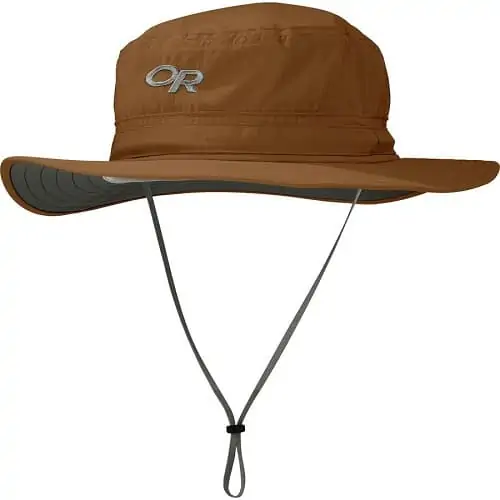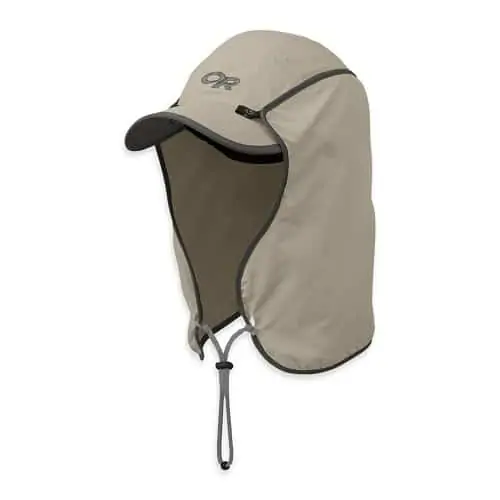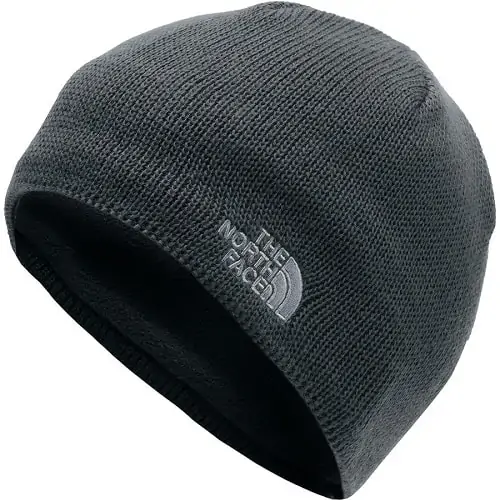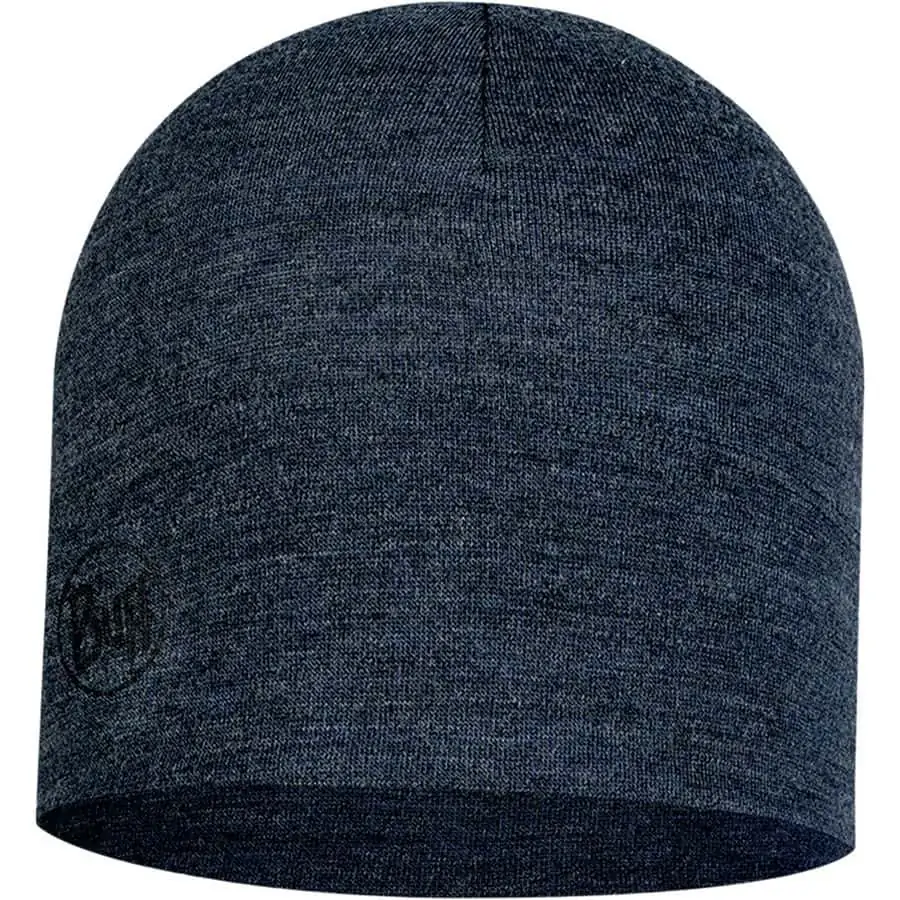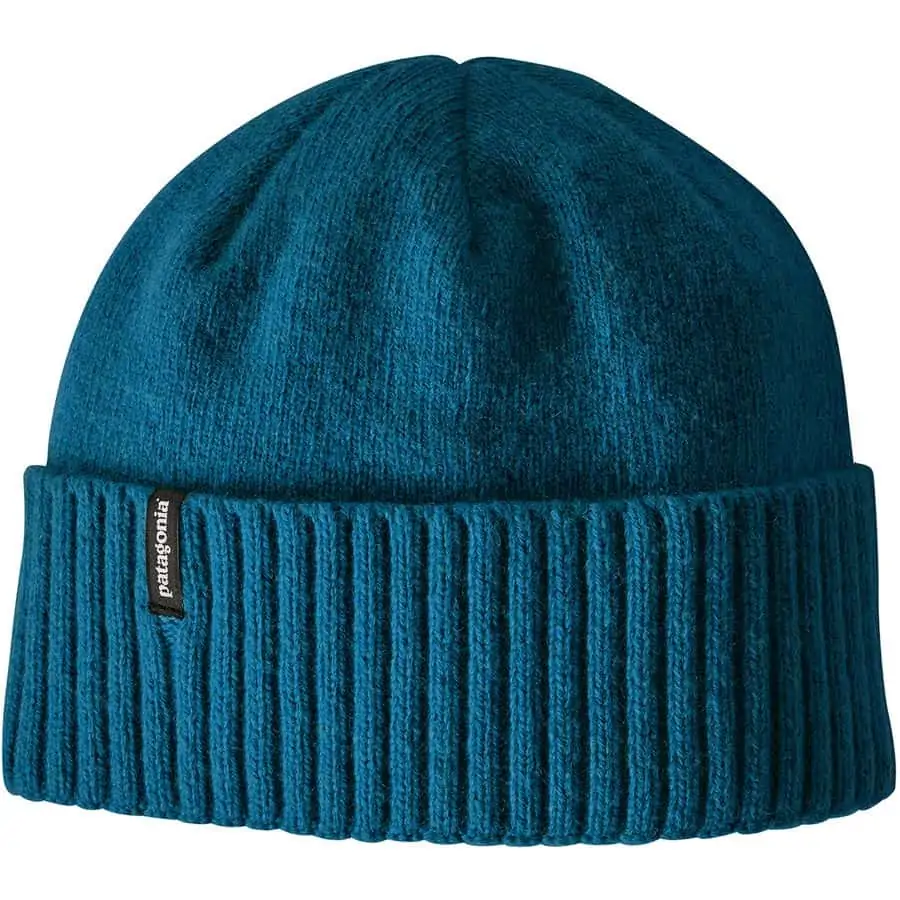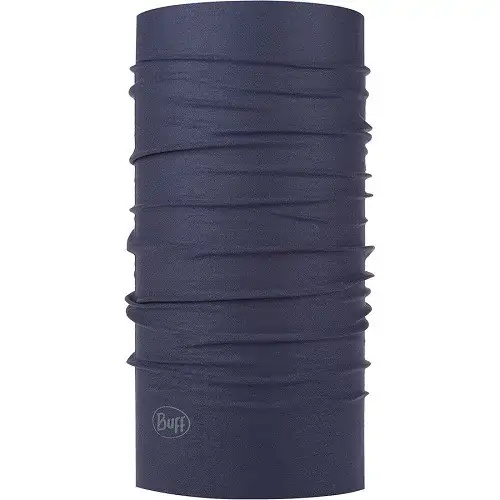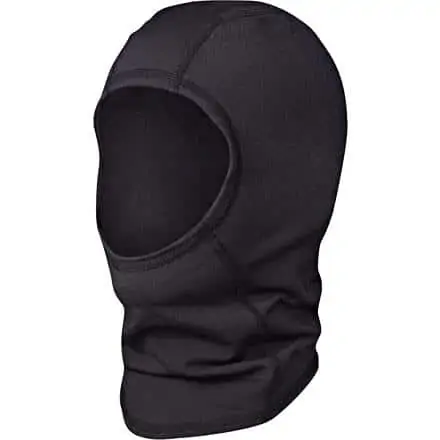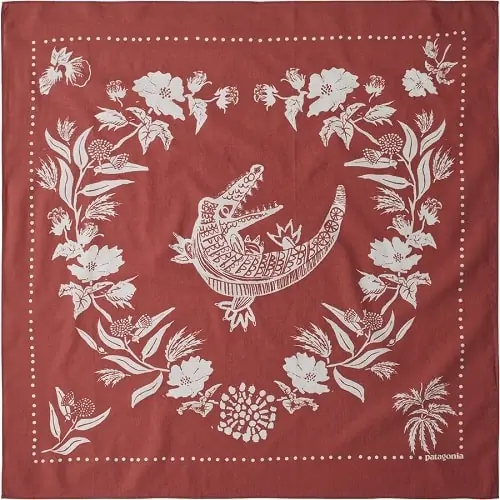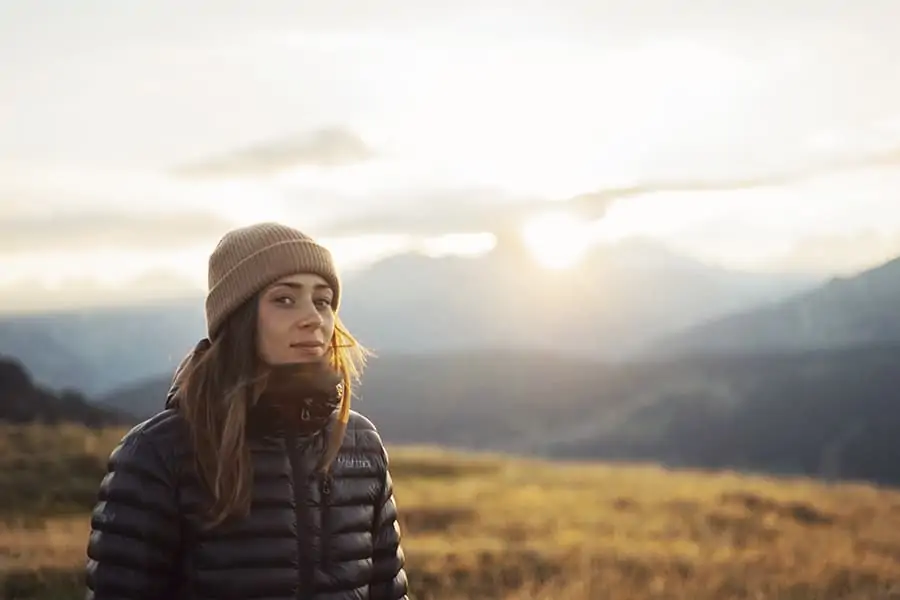 On your Kilimanjaro climb, you will need a few items to protect your face and head and keep you warm.
On your Kilimanjaro climb, you will need a few items to protect your face and head and keep you warm.
Our gear list of recommends the following items for headwear:
- Wide Brimmed Hat or Cap
- Warm Hat or Beanie
- Neck Gaiter, Buff, or Balaclava
- Bandana (optional)
Except for the balaclava, these items should always be with you, either on your head or in your daypack as they may be needed on any given day hike. Keep in mind, that headwear should always be more functional than fashionable. We will discuss each item below.
WIDE BRIMMED HAT OR CAP
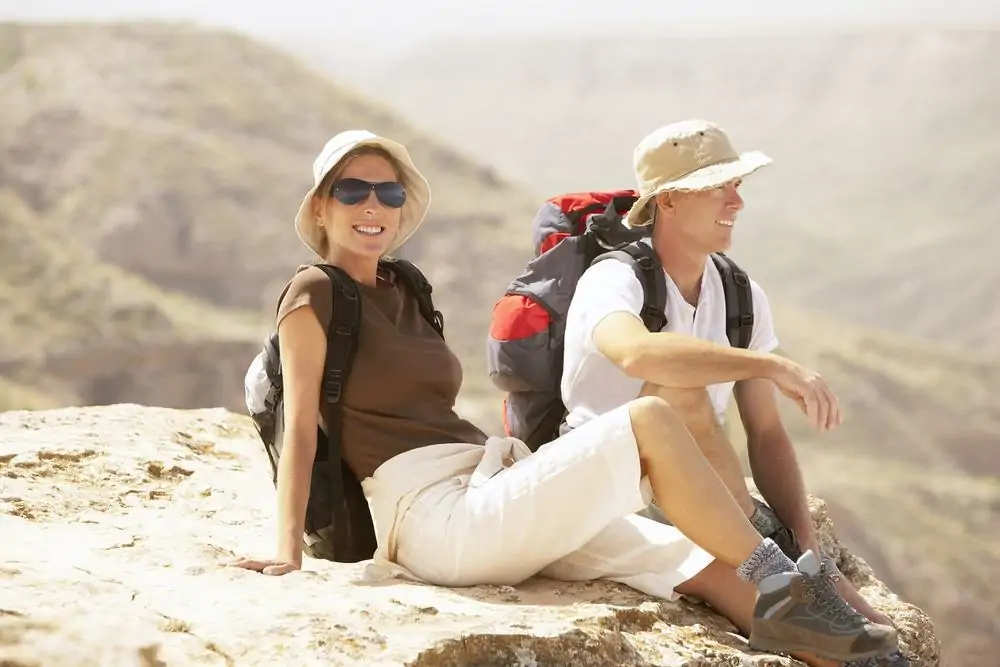
The purpose of the wide-brimmed hat or cap is to block the sun from hitting your face, head and neck. For all intents and purposes, the wider the brim, the more effective it is.
Available options include boonie hats, a military hat used by armed forces, and fisherman hats, a hat with a downward sloping brim originally worn by farmers and fisherman. Both are good choices. They should be packable, lightweight, and provide sun protection both for your face and ears.
If wide brimmed hats aren’t your thing, then a baseball type cap can be worn. They aren’t as useful because the brim only extends over your face, allowing the elements to reach the side and back of your head and neck. So caps should be considered minimum coverage. Although we see it all the time, you really should not hike without a hat or cap of some sort. The sun, wind, rain and other weather elements can take their toll when exposed to them over a number of days. A preferred option for a cap is a sun cap, as shown below. It has a removable curtain that offers excellent all around coverage.
WARM HAT OR BEANIE
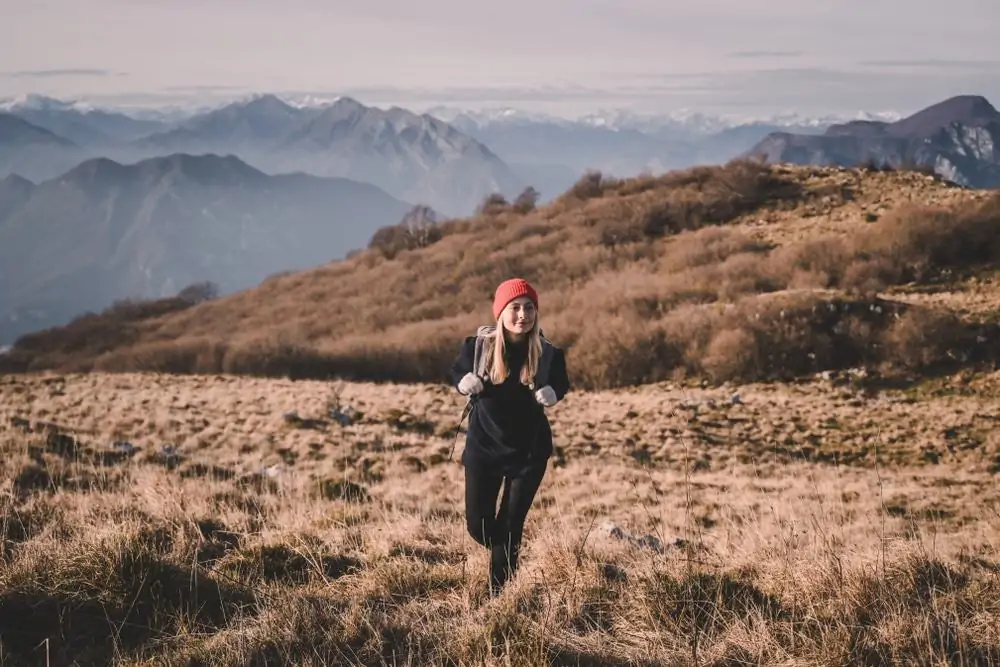
It gets cold on Mount Kilimanjaro. You will need a warm hat for the cold evenings as early as day one. At mid-altitudes, you may sleep with a hat on. And near high camp or at the peak, you will likely wear it while trekking.
The most obvious advice we have when it comes to choosing a hat is that it needs to actually be warm. A thin beanie or skull cap is insufficient. And so is a hat that only covers the top of the ears or a slouch hat that hangs off your head. You want a traditional hat or beanie that is thick, tightly knit, and covers your ears entirely.
Below are a few examples of hats that will work – a fleece beanie, wool beanie and stocking cap.
NECK GAITERS, BALACLAVAS AND BANDANAS
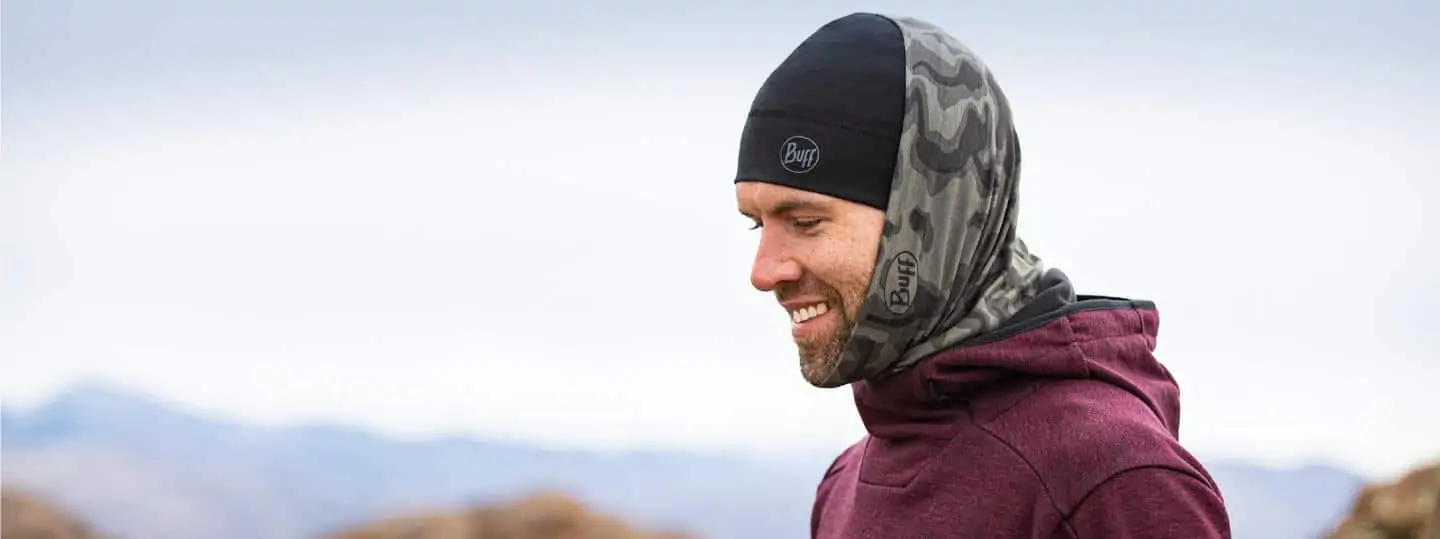
It is important to have is something that can shield your face from the cold, wind and dust.
A neck gaiter, or Buff, is an accessory that is worn about the neck or head. The fabric can be fleece, merino wool, or a synthetic base layer type material. We prefer the thin synthetic materials over the fleece or wool as the latter options can be too warm for versatile use. What is great about the neck gaiter is that it can be reconfigured in different ways to serve as a headband, cap, or face mask among other things. We highly recommend using a neck gaiter over the options below.
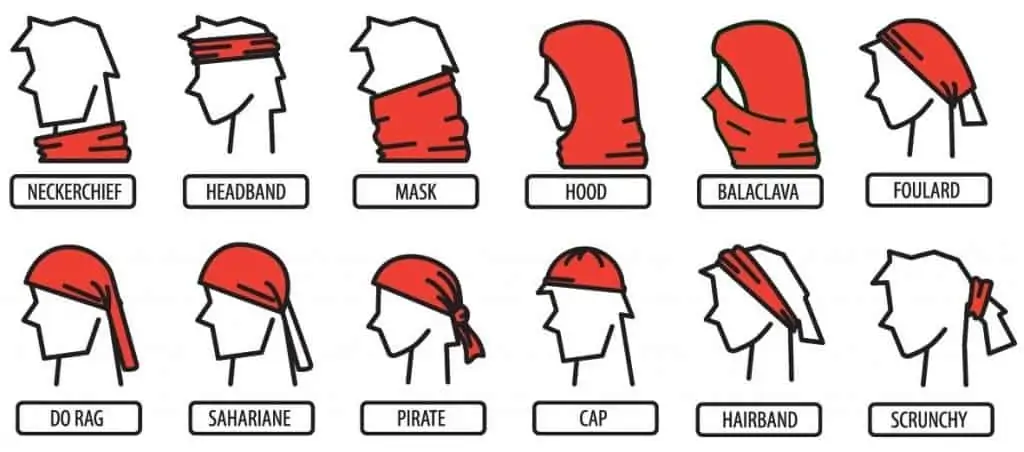 A balaclava is a piece of headwear worn by military and tactical personnel. This mask that covers the head down to the neck but has an adjustable opening for the eyes, eyes and nose, or eye nose and and mouth depending on how it is worn. It’s made of a lightweight, moisture wicking fabric. The drawback of the balaclava is that it is great for extremely cold temperatures but not so functional for cool temperatures; it’s often too warm.
A balaclava is a piece of headwear worn by military and tactical personnel. This mask that covers the head down to the neck but has an adjustable opening for the eyes, eyes and nose, or eye nose and and mouth depending on how it is worn. It’s made of a lightweight, moisture wicking fabric. The drawback of the balaclava is that it is great for extremely cold temperatures but not so functional for cool temperatures; it’s often too warm.
Lastly, you could use a simple cotton bandana. It can be tied on top of the head, worn around the neck, or put over your nose and mouth. Though economical, it does not function as well as a neck gaiter or balaclava to protect and insulate given the fabric and design. However, it is nice to have a bandana anyways to dab the sweat off your face, wipe your nose, for use as a camp towel, or to clean your sunglasses.
Conclusion
Hopefully, this has made your hat for climbing Kilimanjaro buying experience easier. Just remember, just like the rest of your body, you want to have several options so you can adapt to the changing elevation and temperatures as you ascend the slopes of Mount Kilimanjaro.


